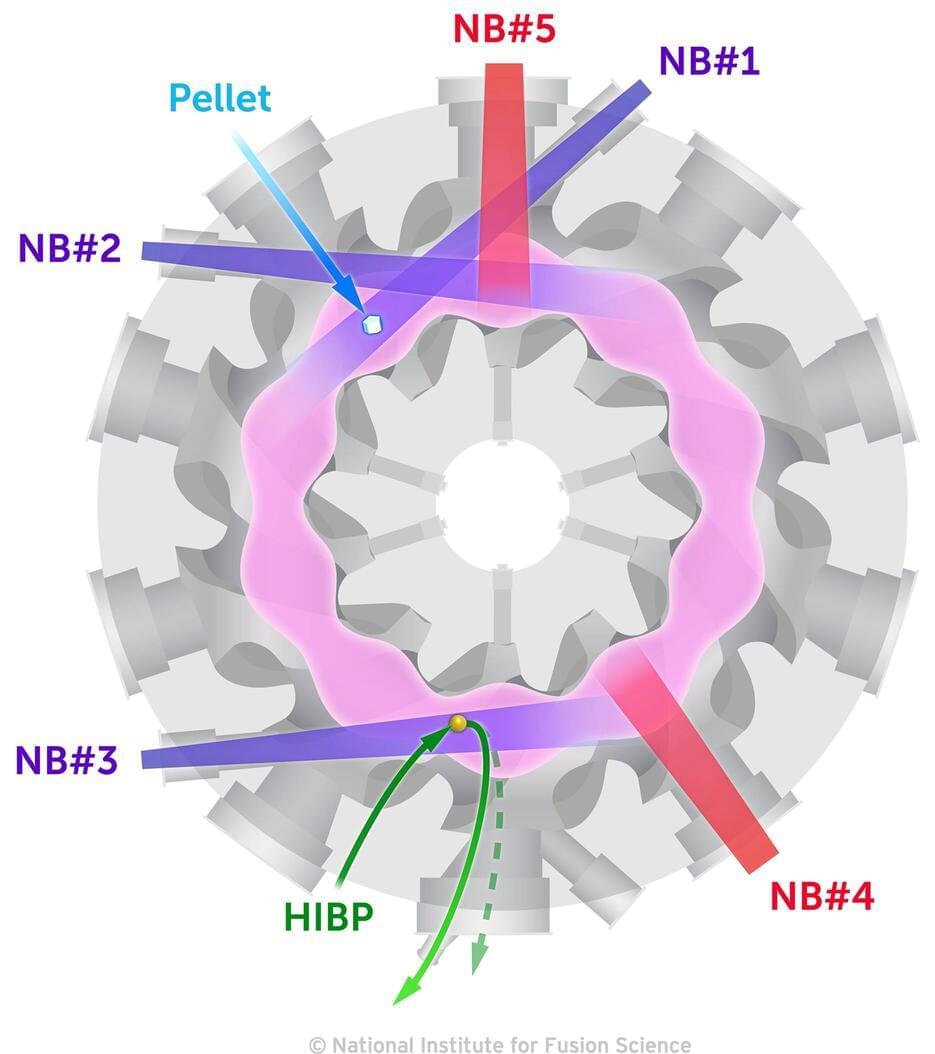The test-run is 15 years away.
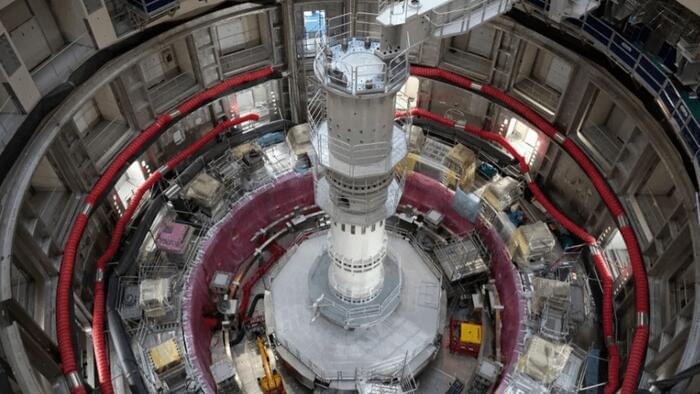

#aliens #robots Welcome to an extraordinary exploration of artificial intelligence and its cosmic counterpart, the astro-chicken! Join me in this mind-blowing video where we delve into the captivating concept of interstellar colonization. You can find my book Gravity: From Falling Apples to Supermassive Black Holes here on Amazon: https://www.amazon.co.uk/Gravity-Fall… The Cosmic Mystery Tour here: https://www.amazon.co.uk/Cosmic-Myste… Artificial intelligences offers the only way to explore the stars. Humans are very delicate and not at all suited to interstellar travel. After all, it is a long long way to the stars. The nearest star is 40 trillion kilometres away. The distance between the stars is too great for it to be feasible to travel so far within human lifespans. The limitations of our biology will prevent us from exploring deep space in person. Although we might like to fantasize about traveling from star system to star system with Captain Kirk, it is almost inconceivable that any humans will ever reach the stars. But maybe there is another way to colonize the galaxy. The British theoretical physicist Freeman Dyson certainly thought so. In the 1960s Dyson, who was one of the architects of quantum electrodynamics — our best theory of electromagnetism — speculated that any sufficiently advanced civilisation would explore the galaxy by launching fleets of autonomous self-replicating robots. There are, of course, many advantages to sending robots rather than humanoids. Robots are more robust than organic lifeforms, they never get bored, and they require far less in the way of maintenance and life support systems. They can survive in harsh environments, and they are adaptable — they can be upgraded. Robots equipped with artificial intelligence could operate autonomously and perform tasks that are impossible for humans, and they could survive indefinitely. Robots could also be miniaturized so they would require far less propulsion to send them on their way. Dyson’s robots would take a blueprint or template that would enable them to create more self-replicating robots. On arrival at a suitable asteroid or planet they would establish a base and set up a means of generating and storing energy. They would then extract and refine minerals and eventually build factories with assembly lines for creating more autonomous robots, each with its own copy of the blueprint, and a propulsion system for the colonization of other star systems. Dyson called these robots astro-chickens. They would travel between the stars as cosmic eggs, hatch on arrival at a suitable destination, then create and disperse the next generation of cosmic eggs. There is no reason, in principle, why super-advanced civilizations could not create such robot explorers. They could attain high speeds as cosmic eggs using some sort of nuclear fusion engine, perhaps. The diameter of our galaxy is about 100,000 light years. Traveling between stars at a significant fraction of the speed of light, the astro-chickens could colonize the entire galaxy in under one million years, which is not long by astronomical or evolutionary time-scales. So where are the astro-chickens? No artefact of an alien civilization has ever been discovered. But, if alien civilizations exist, it might be easier to find their robot descendants than the original aliens. Maybe they are closer than we think. In fact, I have already created my own design for an autonomous, self-replicating robot, which you can witness here on my laptop. Prepare to be enthralled!
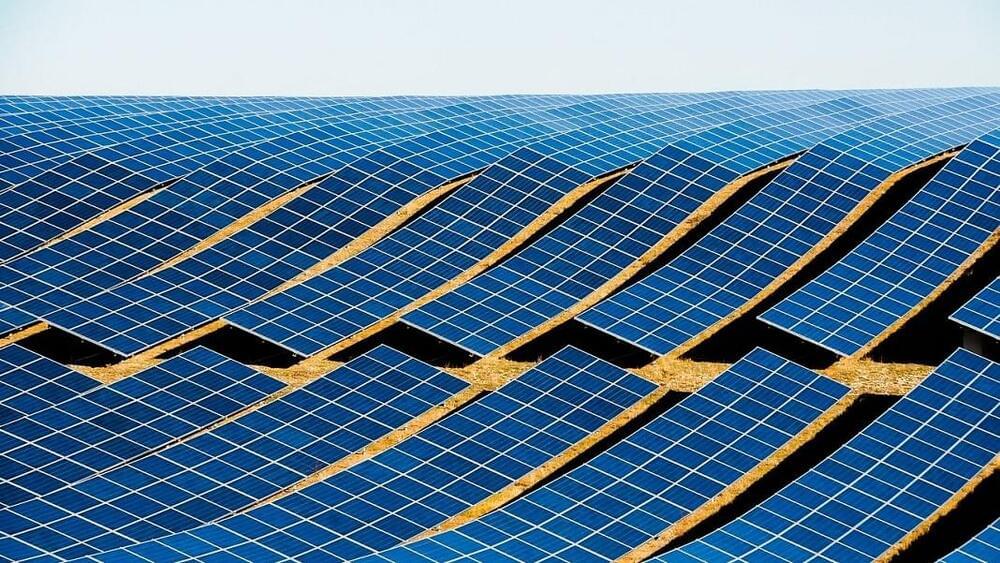
Year 2023 Basically solar will last several billion years and make type 0 civilization resources obsolete by making trillions of dollars in profits with nearly zero emissions.
Between the Covid-19 pandemic, the Ukraine conflict, inflation, and the renewables transition, the 2020s have been a volatile decade for energy. The pandemic reduced demand for electricity and oil all over the world, causing prices to plummet. Then the Ukraine invasion brought sanctions on Russian oil and gas, pushing energy prices up and leaving European countries scrambling (particularly for natural gas). High energy prices have since contributed to inflation, and in many places utility costs are far surpassing inflation. All the while, worry over climate change has continued to mount, with calls to reduce our dependence on fossil fuels growing ever louder.
In short, the energy situation in the US and around the world is a mess. But the International Energy Agency released some good news in its recent World Energy Investment report. The report is compiled annually, and the 2023 version came out at the end of May. For the first time ever, it found that investment in renewables—specifically solar power—will overtake spending on oil.
The IEA estimated that a total of $2.8 trillion will be invested in energy globally this year, with clean energy accounting for more than $1.7 trillion of that total. The “clean” designation includes renewables like wind, solar, and hydro, but also nuclear power, grids, storage, low-emission fuels, efficiency improvements, and electrification (such as replacing combustion-engine cars with electric cars). The remainder of the $2.8 trillion total, about $1 trillion, will go to oil, gas, and coal, with 15 percent going to coal specifically.
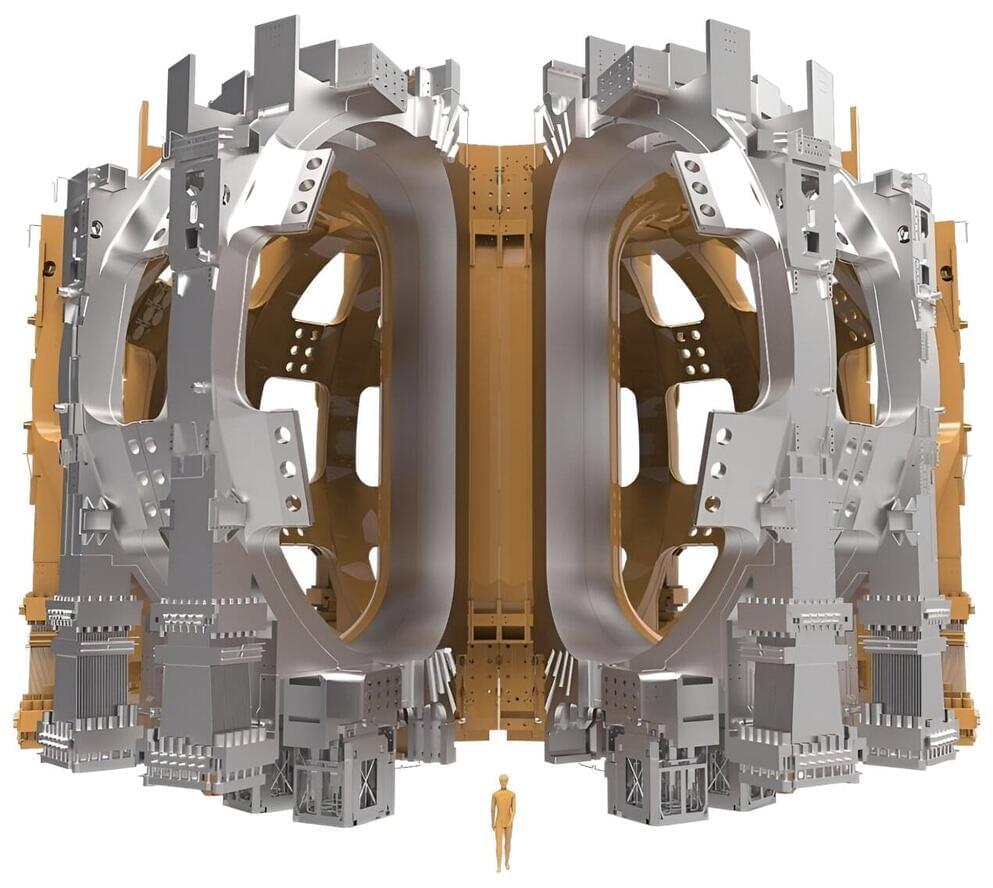
After two decades of design, production, fabrication and assembly on three continents, the historic, multinational ITER fusion energy project today celebrates the completion and delivery of its massive toroidal field coils from Japan and Europe.
Masahito Moriyama, Japan’s Minister of Education, Culture, Sports, Science and Technology, and Gilberto Pichetto Fratin, Italy’s Minister of Environment and Energy Security, will attend the ceremony with officials from other ITER members.
Nineteen gigantic toroidal field coils have been delivered to southern France. They will be key components in ITER, the experimental fusion mega-project that will use magnetic confinement to imitate the process that powers the sun and stars and gives Earth light and warmth.
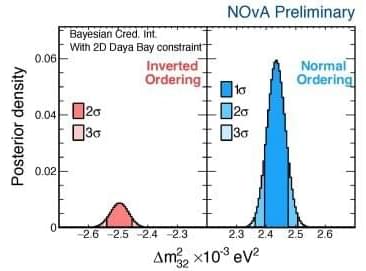
The international NOvA collaboration presented new results at the Neutrino 2024 conference in Milan, Italy, on June 17. The collaboration doubled their neutrino data since their previous release four years ago, including adding a new low-energy sample of electron neutrinos.
The new results are consistent with previous NOvA results, but with improved precision. The data favor the “normal” ordering of neutrino masses more strongly than before, but ambiguity remains around the neutrino’s oscillation properties.
The latest NOvA data provide a very precise measurement of the bigger splitting between the squared neutrino masses and slightly favor the normal mass ordering. That precision on the mass splitting means that, when coupled with data from other experiments performed at nuclear reactors, the data favor the normal ordering at almost 7:1 odds.
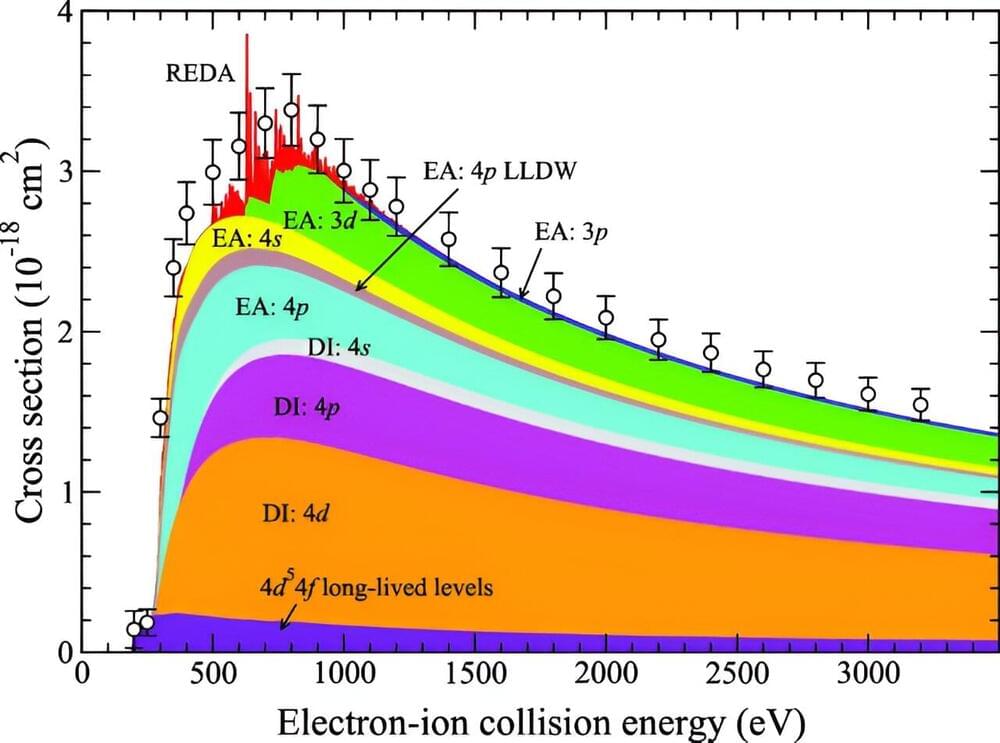
During electron-impact ionization (EII), high-energy electrons collide with atoms, knocking away one or more of their outer electrons. To calculate the probability that ionization will occur during these impacts, researchers use a quantity named the “ionization cross-section.” EII is among the main processes affecting the balance of charges in hot plasma, but so far, its cross-section has proven incredibly difficult to study through theoretical calculations.
Through new research published in The European Physical Journal D, Stefan Schippers and colleagues at Justus-Liebig University of Giessen, Germany, present new calculations for the EII cross-section, which closely match with their experimental results. Their discoveries could provide useful new insights in many fields of research where hot plasma is studied, including astrophysics and controlled nuclear fusion.
So far, EII cross-sections have proven especially challenging to calculate for two key reasons: the complex interactions that can emerge between the electrons involved in the process, and the wide array of possible electron configurations in the atoms being impacted.

Update: China´s Moon Mission Returned Now Samples from the #Moon to #Earth. Why this is important, specially for the origin of life:
On June 1, China’s Chang’e-6 lander touched down in the South Pole-Atkin Basin — the largest, deepest, and oldest impact crater on the Moon. The probe almost immediately set to work drilling into the ground to collect about 2 kilograms of lunar material, which is already headed back to Earth, with a landing in Mongolia planned for June 25. It isn’t just planetary geologists who are excited at what the returning rocks and soil might reveal. If we’re lucky, the first samples from the lunar farside could also include some of the oldest fossils ever found.
The SPA basin, as it’s sometimes called, is the result of a gigantic impact that occurred between 4.2 and 4.3 billion years ago, at a time when the Moon and Earth were very close neighbors. The crater is roughly 2,500 kilometers (1,600 miles) in diameter and between 6.2 km and 8.2 km (3.9 to 5.1 mi) deep, encompassing several smaller craters like the Apollo basin, where Chang’e-6 landed, and Shackleton crater, parts of which lie in perpetual shadow.
The main focus of 21st-century lunar exploration is searching for natural resources such as water ice that could be turned into rocket fuel and drinking water for astronauts, as well as helium-3 that might someday fuel nuclear fusion reactors. Another potential scientific treasure is often overlooked, however. The Moon is the only place where we might find fossilized clues to the origin of life on Earth. On our own planet’s dynamic surface, hungry microbes would have destroyed such evidence a long time ago.

Article 39 Why an electron does not fall into the nucleus in terms of the strong and weak nuclear forces.
Your thoughts would be appreciated.
It can be shown one may able to derive the strong and weak nuclear forces and the internal geometry of protons and neutrons in terms of the orientation of…
Electrons in the atom do enter the nucleus. In fact, electrons in the s states tend to peak at the nucleus. Electrons are not little balls that can fall into the nucleus under electrostatic attraction. Rather, electrons are quantized wavefunctions that spread out in space and can sometimes act like particles in limited ways. An electron in an atom spreads out according to its energy. The states with more energy are more spread out. All electron states overlap with the nucleus, so the concept of an electron “falling into” or “entering” the nucleus does not really make sense. Electrons are always partially in the nucleus.
If the question was supposed to ask, “Why don’t electrons in the atom get localized in the nucleus?” then the answer is still “they do”. Electrons can get localized in the nucleus, but it takes an interaction to make it happen. The process is known as “electron capture” and it is an important mode of radioactive decay. In electron capture, an atomic electron is absorbed by a proton in the nucleus, turning the proton into a neutron. The electron starts as a regular atomic electron, with its wavefunction spreading through the atom and overlapping with the nucleus. In time, the electron reacts with the proton via its overlapping portion, collapses to a point in the nucleus, and disappears as it becomes part of the new neutron. Because the atom now has one less proton, electron capture is a type of radioactive decay that turns one element into another element.
If the question was supposed to ask, “Why is it rare for electrons to get localized in the nucleus?” then the answer is: it takes an interaction in the nucleus to completely localize an electron there, and there is often nothing for the electron to interact with. An electron will only react with a proton in the nucleus via electron capture if there are too many protons in the nucleus. When there are too many protons, some of the outer protons are loosely bound and more free to react with the electron. But most atoms do not have too many protons, so there is nothing for the electron to interact with. As a result, each electron in a stable atom remains in its spread-out wavefunction shape. Each electron continues to flow in, out, and around the nucleus without finding anything in the nucleus to interact with that would collapse it down inside the nucleus.
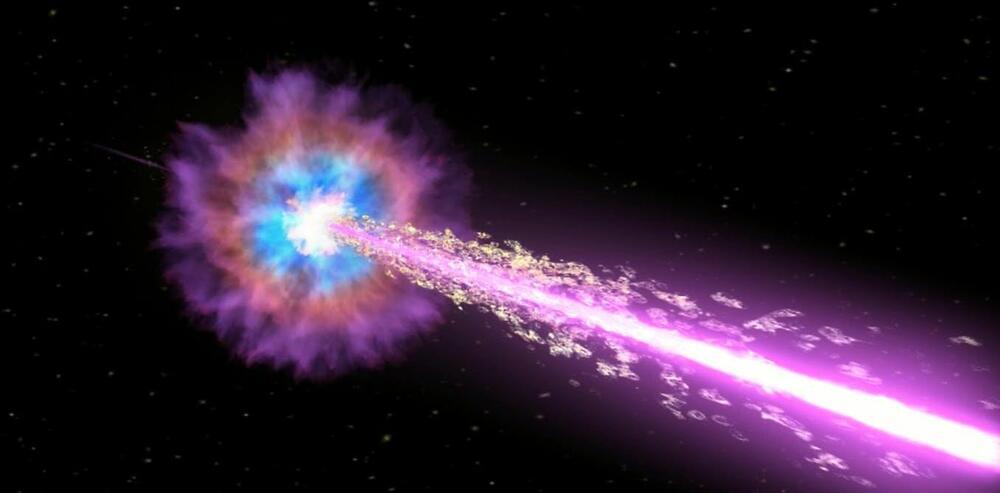
After its “birth” in the Big Bang, the universe consisted mainly of hydrogen and a few helium atoms. These are the lightest elements in the periodic table. More-or-less all elements heavier than helium were produced in the 13.8 billion years between the Big Bang and the present day.
Stars have produced many of these heavier elements through the process of nuclear fusion. However, this only makes elements as heavy as iron. The creation of any heavier elements would consume energy instead of releasing it.
In order to explain the presence of these heavier elements today, it’s necessary to find phenomena that can produce them. One type of event that fits the bill is a gamma-ray burst (GRB)—the most powerful class of explosion in the universe. These can erupt with a quintillion (10 followed by 18 zeros) times the luminosity of our sun, and are thought to be caused by several types of event.
